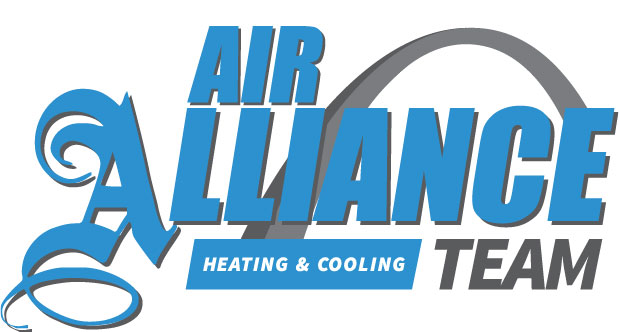
You shouldn’t have to sacrifice comfort or drain your wallet to keep your house at the right setting during muggy weather.
But what is the right setting, exactly? We go over recommendations from energy professionals so you can find the best temp for your home.
Here’s what we advise for the most energy-efficient setting for air conditioning in Ballwin and St. Charles.
Recommended Thermostat Settings for Summer
Most people find using the thermostat at 72-73 degrees is most comfortable. However, if there’s a huge difference between your interior and exterior temperatures, your electricity bills will be higher.
These are our recommendations based on the U.S. Department of Energy (DOE) and ENERGY STAR®.
While at home: 78 degrees. While that sounds warm, there are approaches you can keep your home cool without having the AC running all the time.
Keeping windows and window treatments down during the day keeps cold air where it should be—within your home. Some window coverings, including honeycomb shades or plantation shutters, are made to provide extra insulation and better energy conservation.
If you have ceiling fans in your home, the DOE says you can raise thermostat settings about 4 degrees higher without compromising comfort. That’s because they freshen by a windchill effect. Because they cool people, not rooms, switch them off when you move from a room.
If 78 degrees still appears too warm at first glance, try doing a trial for a week or so. Get started by upping your temperature to 78 degrees while you’re home. Then, progressively decrease it while adhering to the suggestions above. You might be surprised at how refreshed you feel at a hotter temperature setting.
While away: 88 degrees. There’s no rationale for keeping the air conditioner running all day while your residence is empty. Moving the setting 7–10 degrees hotter can save you anywhere from 5–15% on your electricity bills, according to the DOE.
When you get home, don’t be tempted to switch your thermostat below 78 to cool your home more quickly. This isn’t useful and typically results in a bigger AC expense.
A programmable thermostat is a good approach to keep your temperature under control, but you need to set programs. If you don’t set programs, you run the risk of forgetting to increase the set temperature when you leave.
If you need a hassle-free resolution, think over buying a smart thermostat. This thermostat connects with your phone, so it is aware when you’re at your house and when you’re gone. Then it intuitively modifies temperature settings for the best savings. How much exactly? Typically $180 each year on heating and cooling, according to ENERGY STAR.
Another benefit of installing a smart thermostat? You can use your phone to keep an eye on and change temperature settings from just about anywhere.
While sleeping: Around 70 degrees. While ENERGY STAR recommends 82 degrees, that could be unpleasant for the majority of families. The majority of people sleep better when their bedroom is chilly, so that’s why the National Sleep Foundation advises 60–67 degrees. But that may be too cold, depending on your pajama and blanket preference.
We suggest trying a comparable test over a week, setting your thermostat higher and slowly turning it down to choose the ideal temp for your family. On pleasant nights, you could learn keeping windows open at night and relying on a ceiling fan is a superior solution than operating the air conditioning.
More Approaches to Use Less Energy This Summer
There are additional methods you can spend less money on air conditioning bills throughout the summer.
- Get an energy-efficient air conditioning system. Central air conditioners only work for about 12–15 years and get less efficient as they age. An updated air conditioner can keep your residence more comfortable while keeping cooling bills low.
- Book yearly air conditioner service. Routine air conditioner maintenance keeps your system operating smoothly and could help it operate at greater efficiency. It could also help lengthen its life span, since it enables professionals to find little troubles before they cause a major meltdown.
- Change air filters regularly. Read manufacturer instructions for switching your air filter. A clogged filter can lead to your system short cycling, or switch on and off too much, and raise your cooling.
- Check attic insulation levels. Just about 90% of homes in the USA don’t have enough insulation, according to the Insulation Institute. Most southern climates should have 13–14” of attic insulation, while northern climates should have 16–18”.
- Have your ductwork examined. Ductwork that has separated over time can leak cool air into your attic, walls or crawl space. This can lead to major comfort problems in your home, like hot and cold spots.
- Seal cracks, doors and windows. Keep muggy air in its place by closing openings. You can also caulk or weather strip doors to keep more conditioned air inside.
Save More Energy This Summer with Air Alliance Team
If you are looking to save more energy this summer, our Air Alliance Team pros can assist you. Get in touch with us at 636-206-4584 or contact us online for more details about our energy-saving cooling options.
